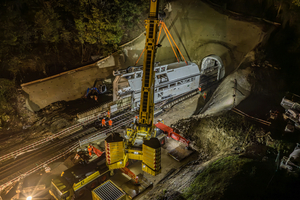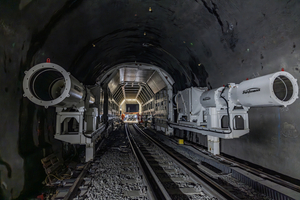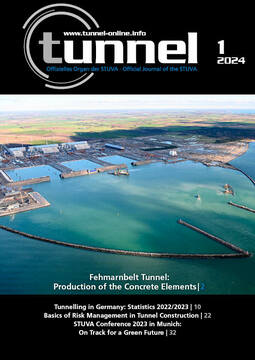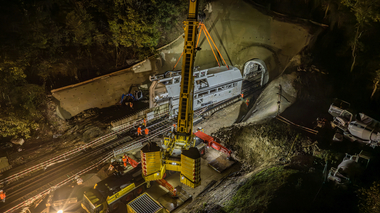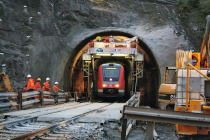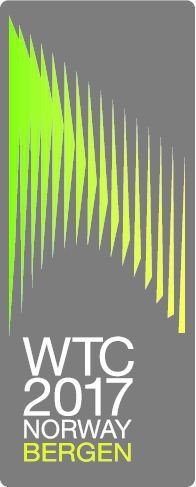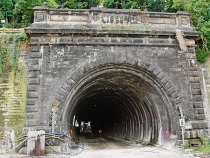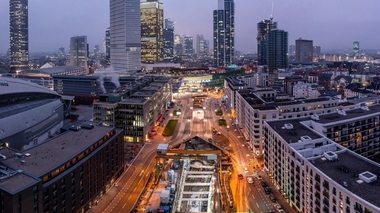Enlargement of the Fachingen and Cramberg Tunnels
A total of six tunnels along the Lahntal railway line from Wetzlar to Koblenz are being renovated and modernised on behalf of Deutsche Bahn. After just under a year of preparation, tunnelling work began on the Fachinger and Cramberg tunnels in January 2024. The two railway tunnels, built in 1862, are being widened using the tunnel-in-tunnel method while the line remains in operation. The tunnel upgrade is being carried out by ARGE Porr GmbH & Co. KGaA, Feldhaus Bergbau GmbH & Co. KG and Heinz Schnorpfeil Bau GmbH.
To widen the tunnel cross-sections, the two TES (tunnel enlargement systems) “Nora” and “Tilly von Cramberg” will work their way 426 and 732 metres through the mountain over the next few months. With the help of the two mighty tunnelling portals, Porr‘s Düsseldorf tunnel construction specialists will remove the existing structures and install a temporary sprayed concrete support.
Between the start of construction in January 2024 and late autumn 2023, all preliminary work such as the construction of the site facilities, the dismantling of the tunnel portals, the installation of the slope protection, the construction of the stop walls and the installation of the tunnel enlargement systems were completed.
The construction site at the western portal of the Fachinger Tunnel kicked off in October 2023 with the tunnel naming ceremony and the symbolic start of the excavation. From here, the tunnel will be driven in the direction of Diez.
Enlargement of the Railway Tunnels by Cyclic Advance
The demolition and enlargement work is being carried out using the tunnel-in-tunnel method during ongoing railway operations. For this purpose, the 46 m long and approximately 270 tonne rail-bound TES are lifted into place. Rail traffic continues on a newly laid track in the centre of the tunnel under the protection of an enclosure during the entire construction work. Tools such as chisels, drills and sprayed concrete manipulators are mounted on the sides of the TES. The required material is also stored on the TES.
A heading cycle begins with the demolition of the existing shell, consisting of masonry and backfill. The face is then opened and the rock is removed. Chisels are predominantly used for this, and controlled blasting is occasionally carried out. Once the face has been sealed and the tunnel walls have been initially secured, the outer reinforcement mesh is installed and covered with sprayed concrete together with a steel support arch. If necessary, anchors are drilled to secure the rock inside the tunnel. Finally, an inner reinforcement layer is installed and the sprayed concrete layer is completed to the required thickness. After backfilling the side track with excavated material, this cycle is repeated.

